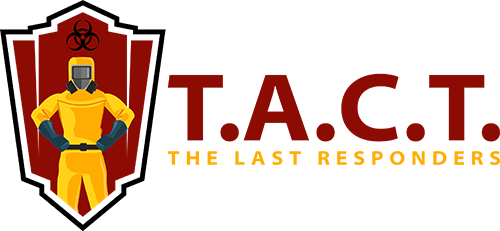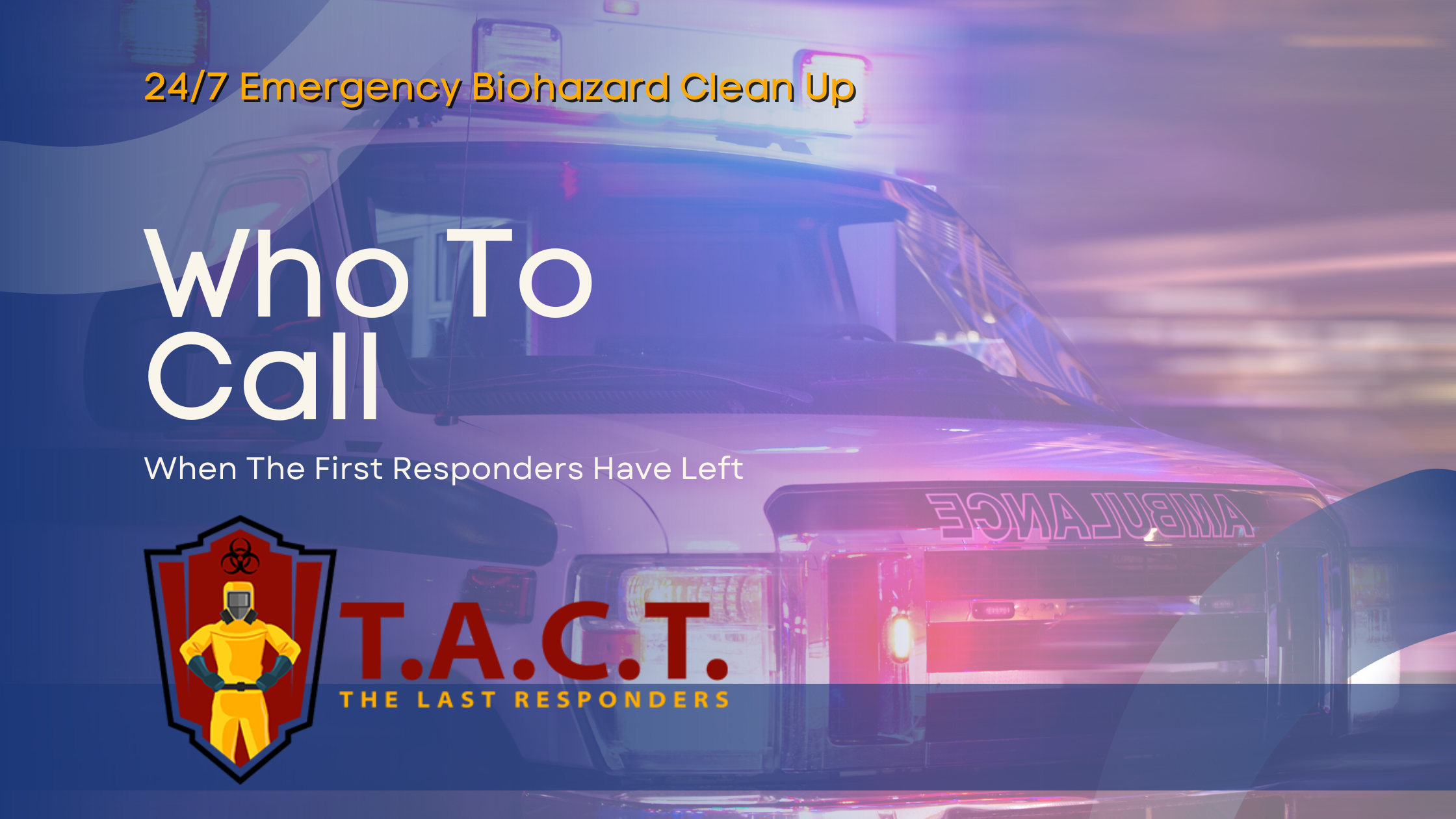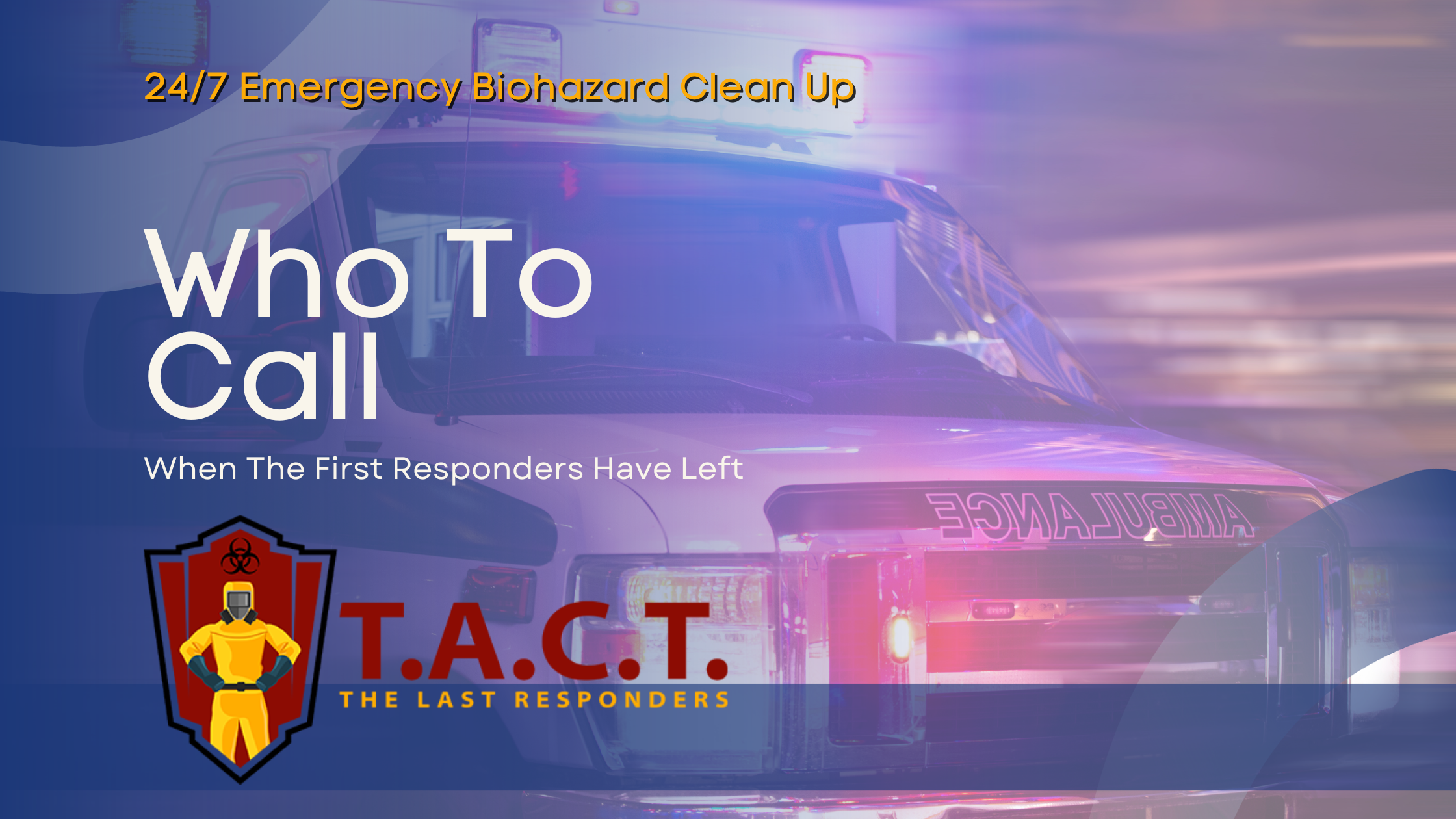House fire debris removal cost
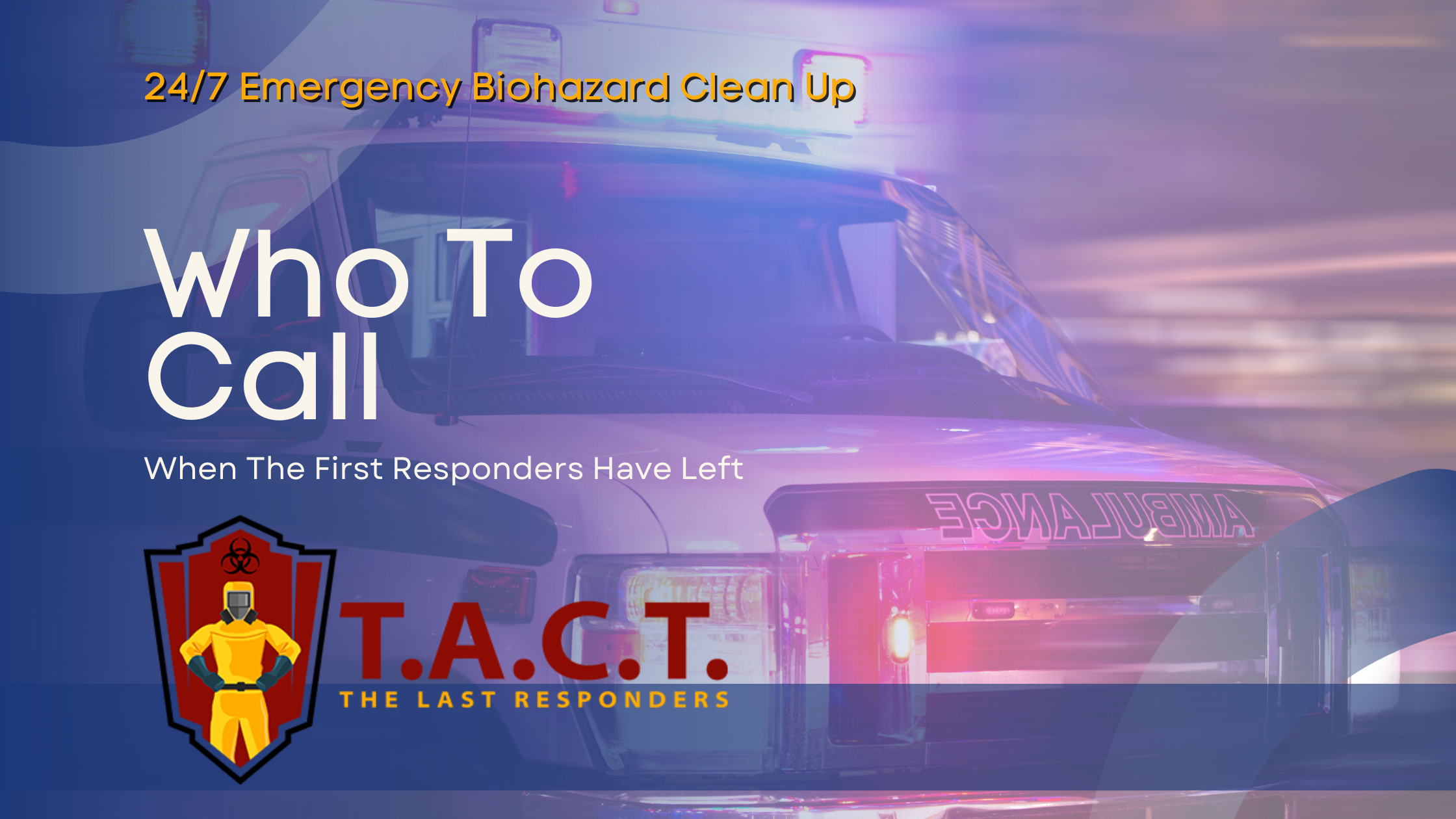
House Fire Debris Removal Cost Guide for Homeowners
Recovering from a house fire is overwhelming. Facing the physical loss, emotional toll, and sudden complexity of the cleanup process can leave you uncertain about the next steps. One critical task is debris removal, which must be handled quickly, safely, and within budget. This guide clarifies what goes into house fire debris removal costs, helping homeowners make informed decisions every step of the way. These costs can vary widely depending on factors such as property size, damage severity, and materials involved.
Starting the Cleanup Journey
Debris removal forms the foundation of every fire recovery plan. Once the flames are out and the property is safe to enter, the focus shifts to clearing out fire damaged materials, personal items, and structural remnants. This phase not only enables other restoration work but also ensures safety and compliance with local regulations.
Yet, fire debris removal costs are not fixed. Several variables can quickly raise or lower the overall expense, so understanding them is vital if you want to plan ahead, lessen your financial burden, and return to normal life as soon as possible. Cleanup expenses can fluctuate based on the amount and type of fire damaged materials present. By understanding these variables, homeowners can make informed decisions and potentially save money during the cleanup process.
What Influences Fire Debris Removal Costs
Severity of the Fire
Small fires (contained to a single room) typically cause minor damage, resulting in debris removal costs between $1,000 and $5,000. Cleanup is generally quicker and less expensive due to the localized impact.
Severe fires (that impact large parts or the entirety of a home) often cause extensive damage, leading to removal costs that can reach $10,000 to $30,000 or more due to the increased labor and resources required.
Size and Layout of the Property
Property size is a primary factor in determining debris removal costs, as larger homes or those with multiple stories require more labor, equipment, and time, pushing the cost higher.
Many restoration companies calculate costs based on the square foot of the affected area, so the total square footage directly impacts the final price.
Additionally, features like crawl spaces can complicate access and increase the need for specialized equipment and extra labor, further raising restoration costs.
Hazardous Materials
Older homes may contain asbestos, lead paint, or other hazards. Safe removal and disposal of these materials can add $3,000 to $20,000+ to your debris removal bill. Disposal fees for hazardous materials can significantly increase the overall cost, as specialized facilities and transportation are often required. The presence of hazardous materials can also push costs beyond standard estimates due to the need for specialized handling and disposal requirements.
Water Damage from Firefighting
Firefighting efforts add significant water damage, often leading to mold or structural concerns that increase removal complexity and cost.
Fire Type
For example, kitchen fires—often caused by oil or grease—can rapidly escalate and leave behind unique residues, while electrical fires, sometimes resulting from faulty outlets, produce different contaminants. Both require specialized removal procedures.
Fire Damage Restoration Costs
Once debris is gone, restoration can begin. Typical fire damage restoration costs in the U.S. range from $3,137 to $51,541, with a national average around $27,258. Fire damage cleanup costs and fire restoration cost can vary widely depending on the extent and duration of the fire.
These costs vary by:
Extent of the damage (fire damage restoration cost is influenced by how severe the damage is)
Size and location of the property
Complexity of repair and restoration work required
A qualified restoration specialist can evaluate your property’s condition and deliver an accurate, personalized estimate. Consulting a local expert is the best way to get an accurate idea of your specific fire damage restoration cost.
The Nitty-Gritty of Debris Removal Cost
While every fire event is unique, most debris removal projects fall between $2,000 and $15,000. Here’s why:
Amount and Type of Debris: The amount and type of fire damaged materials directly influence cleanup expenses. More debris or hazardous materials lead to higher costs. The salvage value of certain items may depend on their fire exposure, which can help offset cleanup expenses.
Access Issues: Limited property access (for example, narrow driveways or steep plots) may require special equipment or additional labor.
Local Fees: Disposal fees for different types of fire damaged materials can significantly impact the final cost. Disposal facilities charge for various debris types, and permits may be required in some jurisdictions.
Tip: Compare multiple quotes and review your homeowners insurance to see what fire debris removal costs are covered before you commit. The final cost of debris removal can vary widely depending on the amount and type of fire damaged materials, local disposal fees, and other factors.
Step-by-Step: The Fire Debris Removal Process
The fire debris removal process is a multi-stage journey that requires careful coordination, professional expertise, and a focus on safety. Here’s how property owners can expect the process to unfold, from the first assessment to the final stages of recovery:
Assessing the Damage:The process begins with a thorough evaluation of the fire damage. Restoration professionals will inspect the property to determine the extent of structural damage, identify hazardous materials like lead paint or asbestos, and assess the overall condition of the fire damaged building. This assessment is crucial for developing an accurate estimate of debris removal costs and planning the safest approach to cleanup.
Securing the Property:Before any debris removal begins, it’s essential to secure the site. This may involve boarding up windows, covering exposed roofs, and installing temporary fencing to prevent unauthorized access and further damage. Ensuring the property is safe for workers and visitors helps minimize liability and protects the structural integrity of the building.
Removing Hazardous Materials:Fire debris often contains hazardous materials that require specialized handling and disposal. Professional restoration companies are equipped to safely remove substances like asbestos, lead paint, and other toxic remnants, using specialized equipment and following strict environmental guidelines. Proper removal of these materials is critical to protect both people and the environment.
Debris Removal:With hazards addressed, the main debris removal process begins. Crews use heavy machinery and specialized equipment to clear out fire debris, including charred building materials, damaged furniture, and other fire damaged items. Efficient debris removal not only speeds up the recovery process but also helps control removal costs by ensuring only necessary materials are disposed of.
Cleaning and Sanitizing:After the bulk of the debris is gone, the property undergoes deep cleaning to eliminate smoke residue, soot, and lingering contaminants. Techniques like ozone treatment and advanced cleaning methods are used to restore air quality and prepare the space for rebuilding. This step is vital for removing odors and ensuring a healthy environment.
Restoring the Property:Once the site is clean, restoration work can begin. This may include repairing or replacing structural components, installing new building materials, and restoring essential systems like electrical and plumbing. Working with a professional restoration company ensures that all repairs meet safety standards and that the property is returned to its pre-fire condition.
Insurance Claims:Throughout the debris removal process, it’s important for property owners to maintain detailed records, including photographs, estimates, and invoices. Close communication with your insurance company helps ensure that all eligible fire damage restoration and debris removal costs are covered, streamlining the claims process and reducing out-of-pocket expenses.
Rebuilding and Recovery:The final phase is rebuilding and returning to normal life. With the support of a skilled restoration company, property owners can navigate the challenges of fire damage restoration, minimize damage, and move forward with confidence. A comprehensive recovery plan helps ensure that every aspect of the restoration is handled efficiently and effectively.
By following these steps and partnering with experienced professionals, property owners can manage the fire debris removal process with clarity and control. Prioritizing safety, specialized handling of hazardous materials, and thorough documentation will help minimize removal costs and support a successful recovery.
Fire Restoration Services Explained
Fire restoration involves much more than clearing away ashes. The goal is to return your home to pre-fire condition safely and efficiently. Clean up after a fire damaged house involves more than just debris removal; it also includes comprehensive restoration efforts to address various types of damage and contamination. Here’s what you might need:
Debris Removal: The immediate clearing out of ruined materials.
Soot and Smoke Removal: Professional soot removal and removing soot from surfaces are essential steps. Specialty equipment removes residue from walls, ceilings, and personal items.
Deodorizing and Duct Cleaning: Specialized treatments are used to eliminate smoke smells, which is essential for eliminating lingering odors and ensuring clean indoor air.
Personal Property Restoration: Salvaging what can be repaired or cleaned, from photographs to electronics.
The rebuilding process is the final phase of restoring a fire damaged house.
Navigating Insurance for Debris Removal
After a house fire, the property owner is responsible for initiating the insurance claims process and ensuring all documentation is complete. Most homeowners insurance policies cover at least part of the debris removal costs after a fire, but every policy is different:
Check Your Homeowners Policy: Your homeowners policy may have specific provisions for debris removal, including coverage limits and requirements for additional riders.
Document Everything: Keep detailed records, photos, and invoices related to the debris and removal process. Insurance companies may scrutinize claims for pre existing conditions, which can affect your coverage and claim approval.
Contact Your Provider Early: Every insurer has specific claim protocols; starting early prevents delays and denials.
Get Multiple Estimates: Insurance companies may require comparative quotes from licensed restoration companies.
Choosing a Fire Restoration Company
A trusted fire restoration partner makes recovery smoother and safer. Before you sign a contract, property owners should carefully evaluate potential contractors for experience and reliability. Real estate agents can also be a valuable resource for recommending reputable restoration companies.
Check Credentials: Look for industry certifications, solid references, and experience specifically with fire restoration.
Get Detailed Quotes: Ask for written estimates that break down labor, materials, disposal, and any hazard surcharges.
Ask About Support: Some restoration companies help with insurance claims, inspections, and even logistics like temporary housing.
Prioritize Communication: Choose a team that explains things clearly, responds quickly, and respects your concerns.
Free Consultation: Some companies offer a free consultation to assess your needs before you commit.
Inside the Fire Restoration Process
The restoration timeline depends on the damage severity, but most reputable companies will follow a systematic approach:
Emergency Response: Emergency services are often required for immediate site assessment and safety, especially to comply with regional requirements. These services tend to be more expensive than scheduled options due to their urgent nature.
Debris Removal: Clearing out all burned, damaged, or unsafe materials. The duration and cost of this step are directly affected by the damage severity.
Soot and Smoke Cleaning: Specialized equipment removes dangerous residues from surfaces and air ducts.
Repairs and Reconstruction: The rebuilding process is the culmination of restoration efforts, focusing on restoring structural elements, ensuring safety compliance, and supporting insurance claims.
Stay actively involved and talk openly with your restoration team to clarify expectations throughout the process.
The Challenge of Smoke Damage
Smoke doesn’t just damage what you see; it sneaks into cracks, porous materials, and HVAC systems, lingering long after the fire is gone. While minor smoke damage may sometimes be addressed with basic cleaning methods, more severe cases require professional soot removal to ensure hidden issues are detected and properly cleaned. Effective smoke damage restoration often includes:
Ozone Treatments: Neutralizes embedded odors in furnishings and fabrics.
Thorough Cleaning: Removing soot is a critical part of the process, as professional equipment targets and eliminates soot deposits from walls, furniture, and upholstery.
Air Duct Treatments: Prevents recirculation of contaminants.
These steps are essential for a healthy home environment and can impact your total recovery timeline and cost.
Importance of Duct Cleaning and Deodorizing
Cleaning your ducts after a fire is not optional. Duct cleaning is a crucial part of the overall clean up process after a fire. Smoke and soot can remain trapped in the HVAC system for months, causing recurring odors and health risks:
Specialized Equipment: Restoration companies use industrial-grade vacuums and chemical treatments.
Odor Elimination: Specialized deodorizing agents are used to remove persistent smoke smells from the HVAC system, breaking down smoke molecules and restoring indoor air quality.
Health Protection: Proper cleaning reduces allergens, toxins, and respiratory hazards for your family.
Home Size, Accessibility, and Removal Costs
The physical footprint and accessibility of your home directly influence your quote for debris removal. Property size, typically measured in square foot, is a primary driver of debris removal costs—larger homes or damaged areas mean more debris and higher expenses.
Large, Multi-story Homes: More debris and labor increase the price, especially as the total square footage grows.
Challenging Access: Tight spaces, steep driveways, or limited street access require extra resources. Hard-to-reach areas like crawl spaces can increase labor and equipment needs, raising costs.
Unique Features: Basements, attics, or additions complicate and lengthen the removal process.
Discuss these challenges with your restoration professional to avoid surprises when the bill arrives.
Emergency Response and Timing
Speed matters. Prompt action can reduce both physical damage and final costs:
Faster Debris Removal: Prevents water, moisture, and soot from causing hidden damage or mold growth.
Emergency Services Cost: Emergency services for debris removal are often more expensive than scheduled options due to their urgent nature, but they may be necessary to meet regional compliance requirements or prevent further damage.
Minimize Insurance Delays: Quick professional intervention provides documentation and explanations for your insurer.
Peace of Mind: Knowing you’re acting decisively can help reduce anxiety during a stressful time.
Prioritizing Safety in Debris Removal
Safety should never be compromised. Burned buildings may be unstable and contaminated:
Hazard Handling: Professional teams know how to identify and address risks like asbestos, sharp debris, or structural collapse.
Protective Measures: Workers use PPE and controlled demolition to minimize dust and secondary damage.
Clear Protocols: Safety processes protect all parties on-site and ensure regulatory compliance.
Navigating Local Regulations and Permits
Every city or county has its own rules about how fire debris must be handled:
Permit Requirements: Some regions need permits before removal work begins.
Disposal Restrictions: Debris often must be separated, recycled, or disposed of at designated facilities.
Environmental Protections: Extra steps keep hazardous materials out of landfills and waterways.
Professional restoration companies are familiar with local standards and can help homeowners remain compliant.
Saving Money on Debris Removal
While fire recovery is rarely cheap, there are practical ways to manage and optimize your costs and save money:
Time Your Cleanup: Scheduling removal during standard work hours avoids after-hours surcharges.
Salvage When Possible: Recovering undamaged valuables or materials reduces disposal volume and cost.
Negotiate with Insurers: Documentation and competitive quotes may help secure a more favorable payout.
Work with your restoration company and insurance adjuster to identify legitimate cost-saving opportunities that help you save money without risking safety or quality.
Getting Back on Your Feet
Facing a house fire and its aftermath is never easy, but with the right knowledge and professional support, you can reclaim your property, health, and peace of mind. Understanding the factors that influence debris removal cost empowers you to make wise decisions, optimize your insurance coverage, and choose trustworthy partners for every stage of restoration.
If you’re currently navigating fire recovery, consult with a licensed restoration expert to get an accurate idea of your expected costs. Review your homeowners insurance policy and consider seeking guidance from local authorities or recovery organizations for extra support.
Meta data
Meta title
House Fire Debris Removal Cost Guide for Homeowners
Meta description
Learn what impacts house fire debris removal costs, tips to save, and how to find the right restoration professionals. Recovery starts with the right info.
Latest news
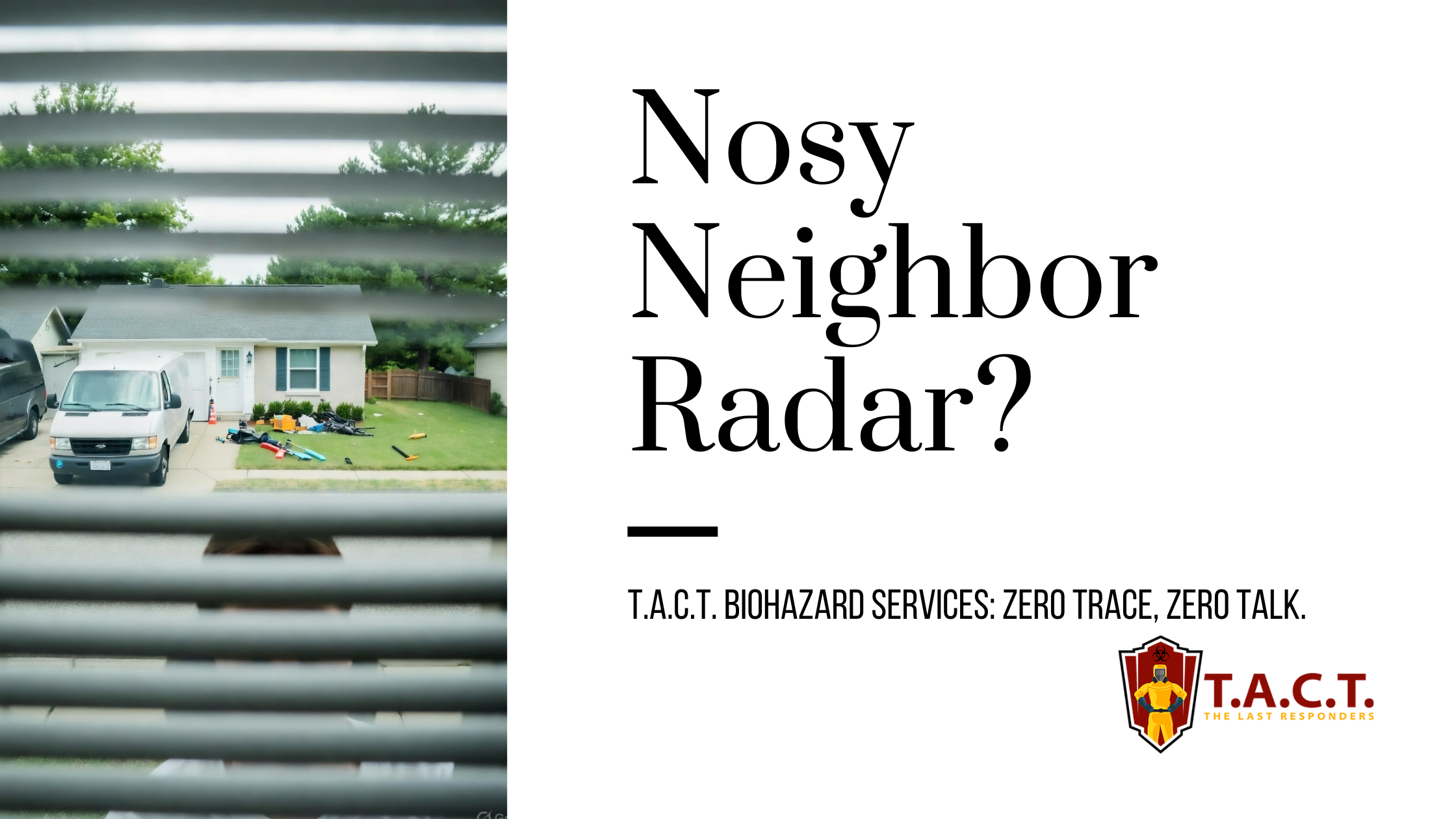
Nosy neighbors peeking? T.A.C.T. North Atlanta offers discreet biohazard remediation for rodent infestations, mold, hoarding, and more. Unmarked vehicles, quiet experts, full privacy—24/7 service at 470-781-4775.
Read More